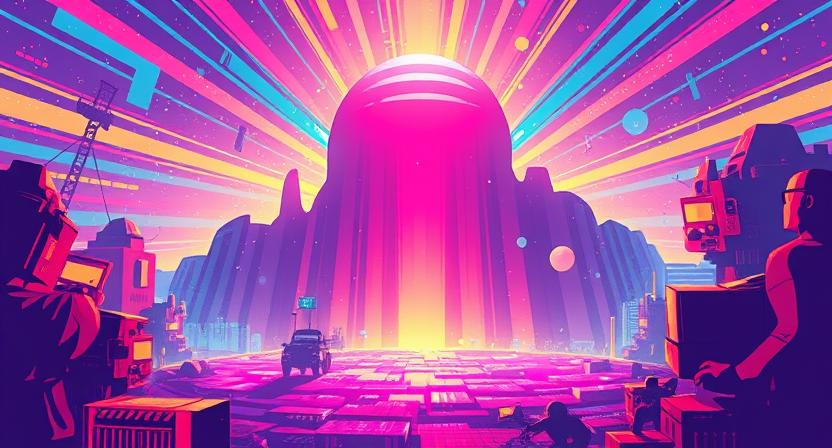The “endgame” is what keeps players engaged after the main story ends. In RPGs, MMOs, looter-shooters, and live-service titles, a strong endgame is critical for retention. But not every endgame is created equal—and not every grind feels worthwhile.
A compelling endgame offers:
- Meaningful rewards (not just cosmetic, but functional)
- Progression paths that feel skill-based or strategic
- New content or challenges, not just recycled enemies with higher stats
- Community or competitive goals (leaderboards, raids, events)
Games like Destiny 2 and Warframe build their identities around long-tail content. Weekly resets, time-limited gear, and multi-phase raids keep players returning. The grind becomes part of the lifestyle—but it works because the systems evolve, and rewards have impact.
On the flip side, games that over-rely on RNG (random number generation) without clear progress paths often burn out players. A 2% drop chance after 30 hours of grinding rarely feels good unless mitigated by crafting, trading, or milestones.
Successful endgames balance:
- Time investment vs. satisfaction
- Repetition vs. variety
- Solo vs. group viability
In some cases, narrative elements are also extended post-ending, like The Witcher 3: Blood and Wine or Horizon Forbidden West: Burning Shores. These expansions feel like narrative endgame—rewarding not with stats, but with closure.
Ultimately, a great endgame answers the question: Why keep playing? If the game offers compelling reasons—whether loot, mastery, or meaning—players will stay long after the credits roll.


Leave a Reply